Jun 19, 2025
Author:Lisa Martinez
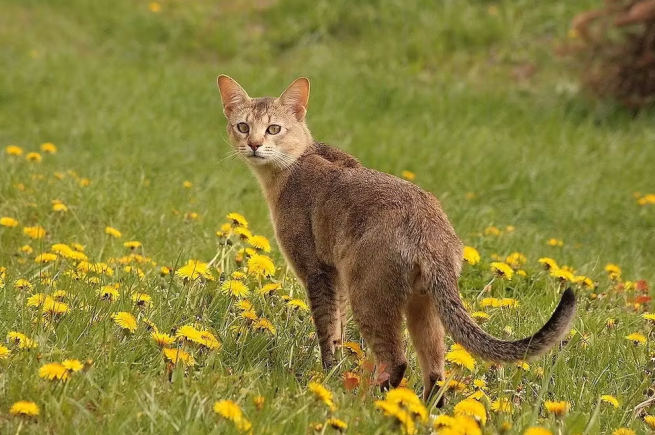
Many people admire the mystery of wild felines yet want the steady bond of a domestic pet. The Chausie cat answers that wish. This athletic hybrid carries the bold look of a jungle hunter while living in a modern household. In this article, you will learn the breed’s past, traits, care needs, and health facts. You will also discover tips on training, feeding, and choosing a responsible source. By the end, you will know whether this striking companion fits your life.
Breeders created the first foundation stock by crossing the Middle-Eastern jungle cat (Felis chaus) with sturdy short-haired domestic cats. Explorers found jungle cats near the Nile River long ago, and ancient murals show their slim bodies riding on small boats. Modern work began in the United States in the 1960s. Early lines used Abyssinians and domestic shorthairs to balance the wild blood.
Enthusiasts aimed for a cat that kept the jungle cat’s tall frame, ticked coat, and ears, yet formed a stable home nature. The International Cat Association (TICA) granted foundation status in 1995 and later advanced the breed to Championship. Today, careful breeders follow firm rules. Each registered litter must descend from approved lines; no new wild crosses enter the gene pool. This policy keeps the look steady and protects health.
The first word many owners use is “athlete.” Adults range from 12 to 17 pounds, and most of that weight is long muscle. Hind legs stand higher than front legs, giving a cheetah-like stance. When the cat leaps, it clears counters with ease, so ceiling-height trees help direct that power.
The short coat feels dense yet smooth. Each hair shows up to three bands of color, called ticking. The usual shades include black grizzle, brown ticked tabby, and silver tipped. A black coat does appear, and people who love sleek black cat breeds often find the solid black Chausie striking.
A wide muzzle frames medium-large, almond eyes that glow yellow to amber. Ears sit high, often with small tufts. The tail is shorter than many breeds, which leaves the back line looking level.
Some confuse a Chausie with a Savannah, but the Chausie has a broader chest, deeper chestnut hue in ticked coats, and a lower ear set. It also carries less wild blood today, which helps with temperament stability.

Owners describe the Chausie cat as busy, bold, and loyal. It thrives on daily tasks and dislikes boredom. Leave an open cabinet and this explorer slips inside. Provide a sealed treat box and it works the latch. This quick mind needs work, or trouble will follow.
Despite the fearless stance, the cat bonds hard with household members. Many follow favorite people from room to room, chirping or trilling in greeting. The voice is softer than its size suggests, yet it can carry when the cat feels ignored. Regular play sessions reduce attention-seeking cries.
The breed stays kitten-like for years. Expect high leaps, fetch games, and water play. Some owners set up indoor fountains after learning why many felines prefer running water; a quality fountain fountain vs bowl often wins this cat’s approval.
A small apartment works when you add vertical space. Wall shelves, ceiling tunnels, and tall trees let the cat sprint upward. Secure screens keep escape artists safe. Travel is possible because many Chausies accept harnesses. If you need to drive across states, follow basic travel with your cat steps: carrier training, rest stops, and ID tags.
Two long play sessions plus scattered mini games burn energy. Rotate teaser wands, puzzle balls, and high-bounce fetch toys. Keep the routine firm; a skipped session often leads to dawn meowing. When a cat starts vocalizing at sunrise, review its schedule and read tips on why does my cat meow in the morning to adjust.
Weekly brushing removes loose hairs, though shedding spikes in spring. A sticky roller helps lift fuzz; owners swear by guides on cat hair from clothing after cuddle time. Trim nails every two weeks and check ears for dust.
A lean body supports joint health. Use a kitchen scale at meal time. Many homes choose a timed cat feeder to divide portions through the day. Pair the feeder with an open drinking source to maintain water intake. Make sure you clean the unit often because mold harms kidneys; follow solid water fountain care advice.
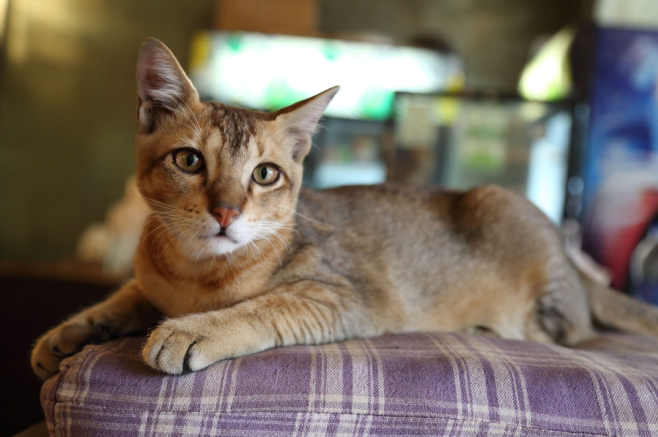
Hybrid breeds can enjoy strong vigor, yet owners should stay . Early lines showed mild intestinal sensitivity. Offer grain-free diets slowly and watch stool quality. If your pet starts pooping on the bed, rule out irritation before calling it behavior.
Screen kittens for hypertrophic cardiomyopathy and hip dysplasia. Responsible breeders provide test results. Keep annual vet visits and core vaccines. Seniors need special hydration plans. Tricks like flavored broths or flowing water help keep older cats hydrated. Kidney checks matter because dehydration strains organs.
Neutering lowers roaming urges and fights hormone-driven stress. Read about safe sterilization in cats before booking the procedure.
Harness training starts at ten weeks. Clip a light vest on the kitten indoors. Offer treats. Add leash drag time, then short outdoor walks. Positive reward works fast because the Chausie cat loves food games. Clicker sessions teach sit, spin, and even fetch.
Puzzle feeders stretch the mind. Many owners switch to smart feeding solutions that combine cameras and portion apps. When you work late, you can see the cat eat and speak a greeting.
For climbing, install sisal posts up to the ceiling. Bridge them with wall planks. Place a water station on a shelf; cats like to drink at height. Choose safe materials after reading about the best cat water fountain materials.
Children over six usually bond well. Teach kids to respect the cat’s space. Supervise early play until trust builds. Never allow rough chasing because this can provoke a defensive swat.
Chausies often accept dogs if you introduce them slowly. Swap bedding scents first, then use short view sessions with treats. For other cats, match energy levels. A mellow senior may find the Chausie too busy, but an active Bengal or Aby mixes well.
Small pets such as hamsters trigger prey drive. Keep them in secure rooms. Always watch fish tanks; many jungle-blood hybrids enjoy fishing games.
Before you search for a kitten, check local laws. Some towns restrict hybrid cats above a certain generation. Landlords may ask for proof of legal status. Next, source breeders who follow health testing, socialization, and contract standards.
Expect to wait on a list. Good catteries raise only a few litters a year. They keep kittens until at least 14 weeks, ensuring full vaccines and basic training.
If you prefer rescue, contact hybrid support groups. Earlier generations sometimes lose homes when people underestimate energy needs. Rescue groups place them with experienced adopters who meet space rules.
The Chausie cat blends wild grace with loyal friendship. Its lean body, ticked coat, and sharp mind offer daily excitement. Yet charm comes with duty: this cat needs high play time, firm training, and steady health checks. Provide climbing zones, measured meals, and rich puzzles, and the bond will reward you for many years.
Before you bring a kitten home, read care guides, speak with breeders, and confirm you can meet the breed’s high drive. If you do, the household will gain a bold partner that turns every hallway into an adventure course. The world of a Chausie cat is never dull—only keen, active, and full of heart. Follow the advice in this guide and enjoy life beside one of the most engaging companions in the feline world.
Label:
Popular Post

What to Feed a Sick Dog With No Appetite? [2025 Guide]
May 16, 2023

Troubleshooting Common Issues with Automatic Pet Feeders: Tips & Tricks for Pet Owners
Oct 26, 2023
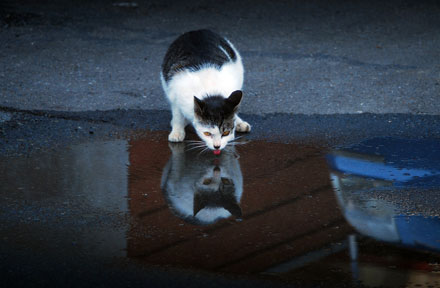
Why Does My Cat Cough After Drinking Water? 8 Potential Reasons
Mar 13, 2023
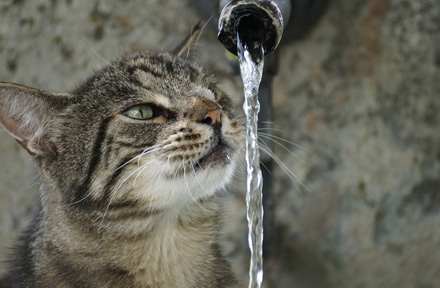
Why is My Cat Throwing up Water? Top 5 Causes Here
Feb 08, 2023
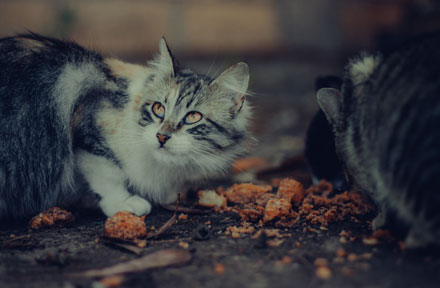
My Cat Only Eats A Little at A Time - What to Do?
Feb 27, 2023
$99.99
$129.99
Copyright © 2025 WOPET. All Rights Reserved.